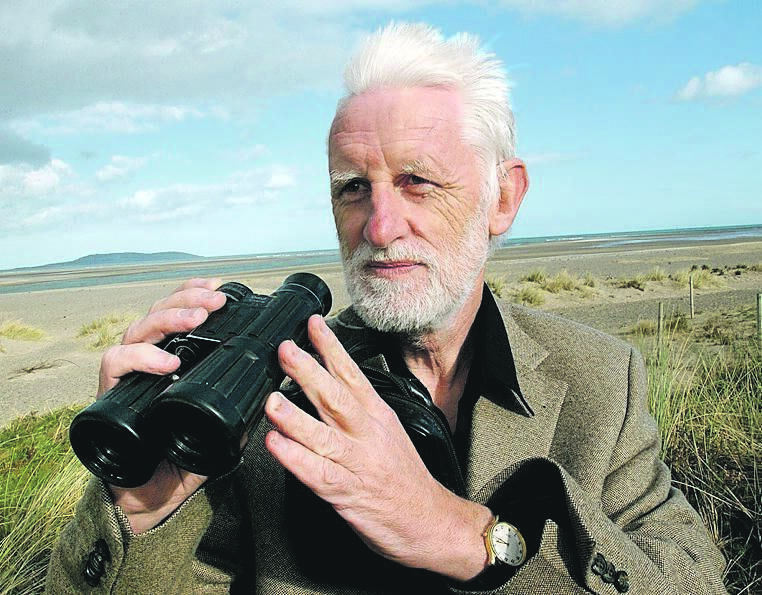Richard Collins: The dangers and benefits of ecotourism

A Jaguar in Pantanal National Park: a study claims that ecotourism there has caused jaguar numbers to rise again
Do birdwatchers harm the thing they love? Is wildlife tourism harmful? Keeping a low profile should ensure that animals and birds are not impacted by our presence, but researchers from Washington State University are not so sure.
In a report just published, they claim that even limited human presence can change the behaviour of wild mammals and birds. It’s not just noisy shotgun discharges, boisterous dogs and rowdy picnic parties that give rise to problems; even low-key visits to wilderness areas, they think, may have adverse effects.
Their research was carried out at Glacier National Park during a period when trails were closed to the public due to Covid-19 restrictions. This provided a once-in-a-lifetime opportunity to study the effects of human disturbance.
Data obtained from camera traps showed that visits by hikers to wilderness areas changed the behaviour of 16 out of 22 species studied. Wild creatures frequented their usual haunts less frequently when hikers intruded.
Some moved elsewhere, even remaining away long after being disturbed. Others visited their usual haunts only when darkness began to fall. The researchers conclude that even limited human presence creates ‘a landscape of fear’ for wildlife.
However, another article just published is more optimistic about wildlife watching. Journalist Sarah Brown, in an article entitled Ecotourism and Education: Win-win solution for Pantanal ranchers and jaguars (Mongabay, January 2023), quotes a vet as saying that ‘the tourists are the reason why jaguars are alive today’.
The Pantanal is the world’s largest inland swamp. Rivers from the Andes and Brazil’s central plateau feed into an area bigger than France. There are no roads in this vast wilderness; a local guide and a four-wheel-drive vehicle are required to visit it safely.

Occasional islands, where the water table rises above that of the surrounding swamp, are farmed. Some pantaneiros offer accommodation and rent horses to visitors. These mounts, wading up to their flanks, know exactly where to take you.
Wandering through this vast wetland, with the horse calling the shots, is an unforgettable experience. My one was afraid of snakes — a suspicious-looking tree-branch in the water causing it to rear up. I was shown an enormous anaconda which locals had captured and kept alive to impress visitors.
Jacarés, South American crocodiles, abound, but the horse was not fazed by them. The place teems with wildlife — capybaras, rheas, macaws, and red-necked storks.
But the icon of the Pantanal is the world’s third largest cat, the jaguar. This great enemy of the cowboy is no direct threat to people, but a study in 2010 showed that cattle account for a third of its diet.
But persecuting the jaguars damages the growing eco-tourist trade. Brown quotes a 2017 study which claims "that jaguars are worth up to 56 times more in tourism than the costs they inflict on ranchers". Thanks to ecotourism, jaguar numbers are rising again in the Pantanal.







